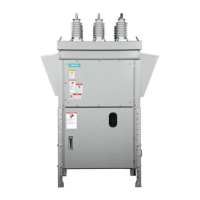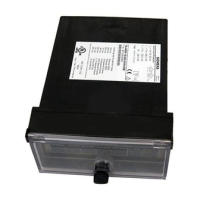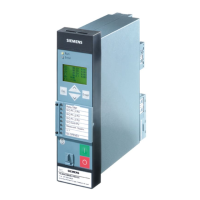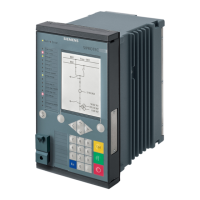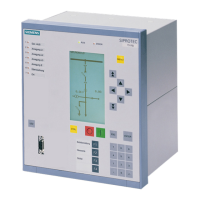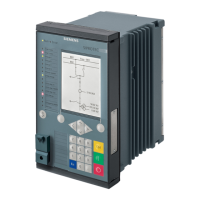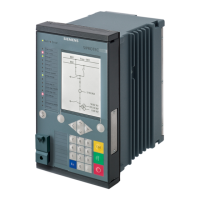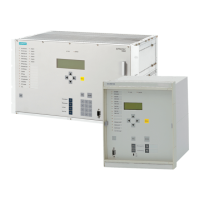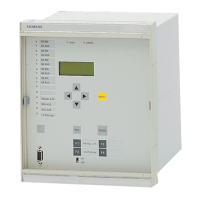Selectivity implemented by combinations of protective devices
4.3 Fuse and downstream miniature circuit breaker
Selectivity for 3VA molded case circuit breakers
Configuration Manual, 08/2016, A5E03603181010-01
53
4.3 Fuse and downstream miniature circuit breaker
The behavior of a fuse relative to a downstream miniature circuit breaker corresponds to the
behavior of a fuse relative to a downstream molded case circuit breaker with fixed thermal
fixed magnetic trip unit (FTFM TMTU) at low short-circuit currents.
4.4 Fuse and downstream fuse
The incoming feeder currents are usually different from the outgoing feeder currents in
electrical installations. Protective devices including fuses of different rated currents are
therefore provided to protect them. In the event of a short-circuit, the same short-circuit
current I
K
flows through both fuses.
Total selectivity is provided if the I
2
t
s
pre-arcing value of the upstream fuse is higher than the
I
2
t
a
operating value of the downstream fuse.
In order to fulfill this condition, the rated currents of the series-connected LV HRC fuses must
differ by a factor of 1.6 or more. This relationship is also determined according to the
tolerance ranges for characteristics of ±10 % defined in IEC 60269-1, the standard for low-
voltage fuses, and the pre-arcing and operating I
2
t values for selectivity assessment that are
specified in this standard.
Note
Siemens fuses
Siemens fuses have a tolerance band of only ±6 %, a positive feature which is also
beneficial with respect to selectivity. For 400 V applications, Siemens fuses are even
selective in the 1:1.25 ratio between rated currents.

